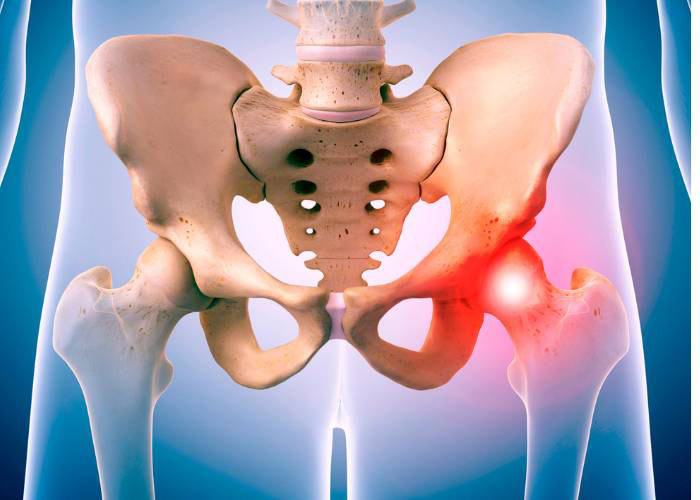Version Abnormalities Hip Specialist
The term “version abnormalities” refers to the position of the hip with respect to the rest of the body. The leg can rotate inward or outward at the hip and the body will often compensate to correct the rotation. If a version abnormality causes problems or pain in the hip or in performing daily activities, you need to see a specialist. Doctor Prem Ramkumar, version abnormalities specialist offers surgical and non-surgical treatment options for his patients experiencing hip issues or hip pain. He is located in Long Beach and serves patients in Los Angeles, Orange County, and surrounding Southern California areas. Contact Dr. Ramkumar’s office today!

What are version abnormalities in the hip?
Every patient is born with a unique hip version, or rotational position of the hip socket. Hip version refers to the position of the hip with respect to the rest of the body. Anteversion means the hip is pointed more towards the front of the body, and retroversion means the hip is pointed more towards the back of the body. Since the hip is a ball-and-socket joint composed of a femoral head and an acetabular socket, both the proximal femur and acetabulum individually possess a unique version. Together, the sum of their individual version is referred to as combined version. Dr. Prem Ramkumar, version abnormality specialist, is located in Long Beach and serves patients in Los Angeles, Orange County, and surrounding Southern California areas.

How are version abnormalities diagnosed?
Version abnormalities can be diagnosed using a physical examination or advanced imaging. A patient’s gait may or may not determine hip version. Patients with femoral anteversion may toe in (pigeon-toe), and patients with femoral retroversion may toe out. However, not all patients with these version abnormalities can be detected from gait because the joints, muscles, and tendons below the hip are capable of compensating for version abnormalities to normalize the position of the toe. Thus, relying on gait to detect a version abnormality is not sufficient. The gold standard in detecting version abnormalities is the CT scan, which demonstrates the bony position of the lower extremity.
What is the treatment for version abnormalities?
Recognizing abnormal version is critical in both hip preservation and hip replacement surgery. In the hip preservation setting, it is uncommon to perform surgery for abnormal version in isolation. However, it is important in the setting of hip arthroscopy because patients with retroversion have less reproducibly excellent outcomes. Similarly, patients with excessive anteversion are prone to instability and require additional technical soft tissue care at the time of surgery. In rare cases where a patient presents with extreme version abnormalities and previously failed hip preservation surgery, a derotational osteotomy may be indicated. In hip replacement surgery, version is important to provide implant stability and avoid post-operative dislocation.

